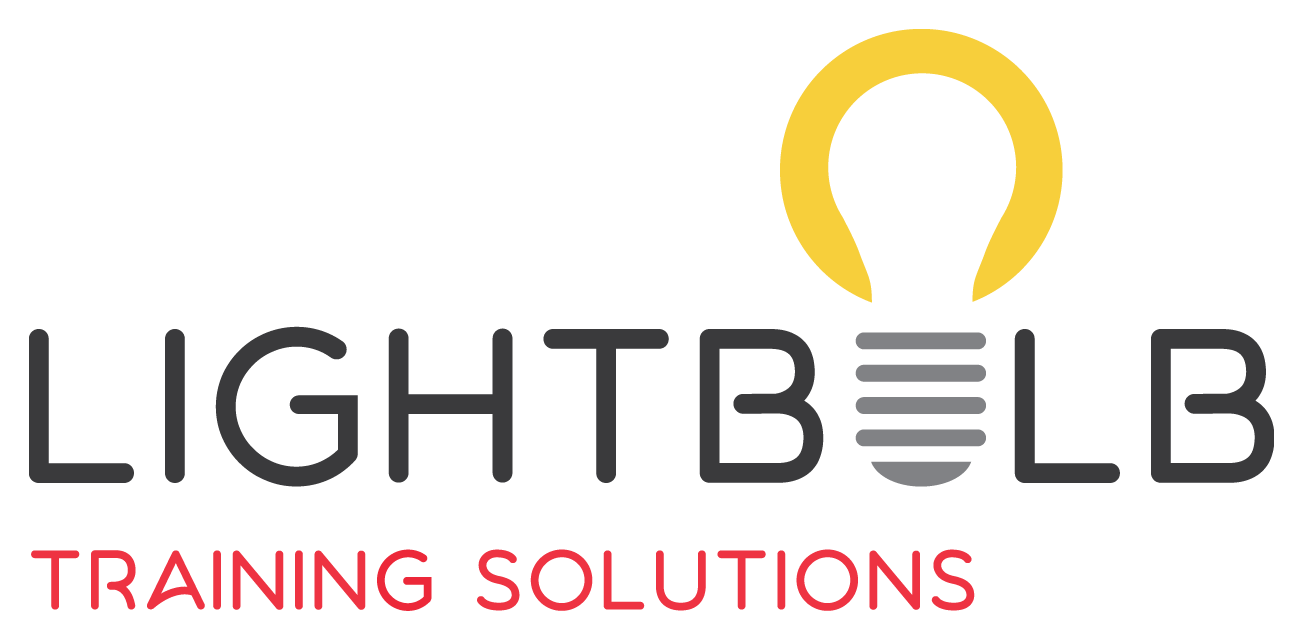5 ways to protect your staff from worst case scenarios
"I wish I had never gone to work that day. If I had have known what that customer was going to do, I would have stayed home."
Have you ever said those words or something like them? Have you known someone who has said those words? I have said them and sadly, I know many customer service and front-line staff from businesses in Geelong, Ballarat, Melbourne and beyond who have also said them.
Let's be honest, customers are often strangers and some strangers can be aggressive, abusive or dangerous. Even our well known customers can use behaviours that we may not expect and this too can leave staff feeling shocked and vulnerable.
This is the downside of interacting with customers; you can never be sure what behaviour will walk through the door or be on the other end of the phone.
Businesses spend enormous amounts of time and money enticing strangers to buy their products and services. As a Service Excellence Coach, I work with businesses to educate and motivate customer facing staff to exceed the expectations of those strangers. It's called service excellence training and my programs include the topic; Worst Case Scenarios - What to do if it happens to you.
Interacting with strangers ultimately leaves customer facing staff open to worst case scenarios. Worst case scenarios are not the day to day unhappy or grumpy customer interactions. Worst case scenarios are the customer interactions that leave staff feeling shaken, upset, intimidated, violated or abused.
These types of situations can happen in any business and on any day. There are many things you can and should do to give your staff and customers a feeling of safety. To help get you started, here are 5 things that minimize the possibility of a worst case customer service scenario.
1. Have clear policies and procedures. Advise customer service staff what to do if they find themselves in a face to face or telephone worst case scenario. Review these standards regularly with your team and make sure they are part of your induction program for new employees.
2. Role play possible worst case scenarios. You can make it light hearted but trust that asking your staff to say the words "please leave or I will call the police" or "I will be ceasing this call now", as well as physically closing doors and walking away, confirms to staff that you not only approve but encourage these actions. It's called experiential learning and it gives employees confidence.
3. Create safe meeting rooms. If you have private rooms to meet with customers, advise staff to sit with their back to the door and the customer to sit opposite them. This allows a staff member to leave the room quickly and not be cornered.
4. Have a code word. Something for staff to use if they need help eg: staff who ask for a "green pen" could be code for "this customer is becoming aggressive, please stay near me"
5. Engage the experts. Invite the local police or a security service provider to a team meeting so they can share their tips of what to do in worst case scenarios.
It's important to also consider that individual staff may have different levels of tolerance when it comes to bad behaviour. Some staff may handle abusive language easily and not feel threatened, but other staff may find that type of behaviour is their worst case scenario. New or less tolerant staff who see other staff accept bad customer behaviour may feel expected to do the same - this is not good for the team or the business.
Important: Remind your staff that the majority of customers will be polite and respectful and more than happy to follow complaints procedures and to behave in a way that leaves everyone feeling valued and safe.
Worst case scenarios are rare but anxiety is the price we for being unprepared.
If you would like more ideas of how to protect your team, my book "The A-Z of Service Excellence" covers this in Chapter W - Worst Case Scenarios and Chapter V - Venting. You will find practical actions to help staff during and after difficult customer interactions.

